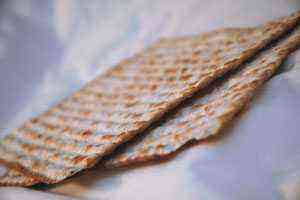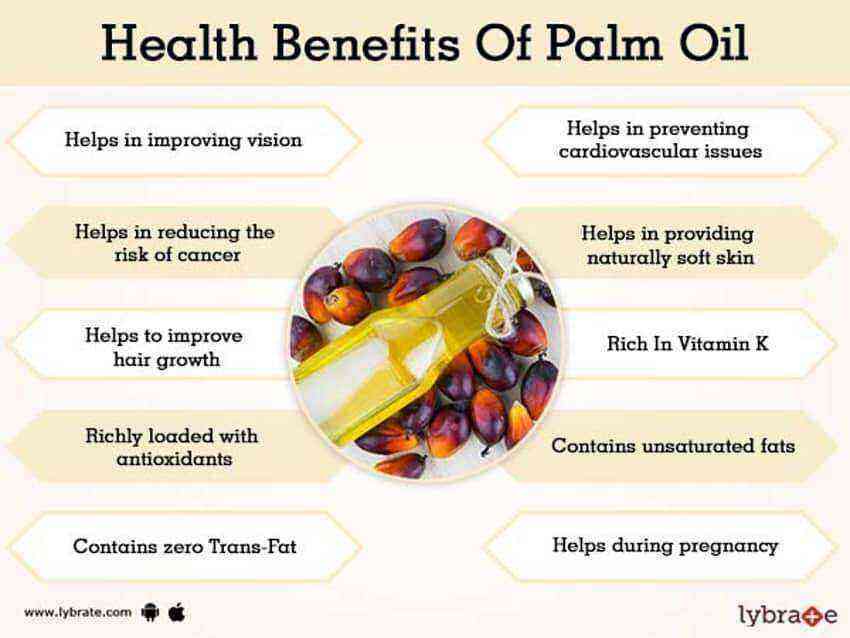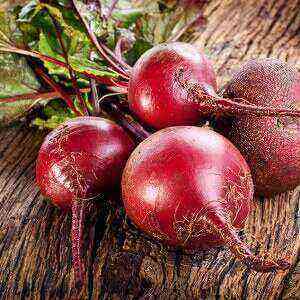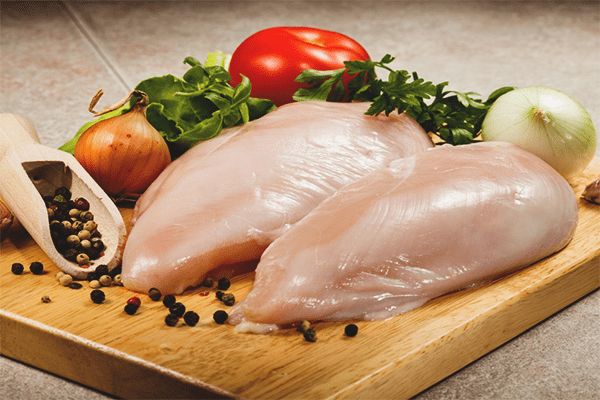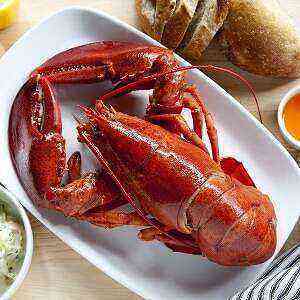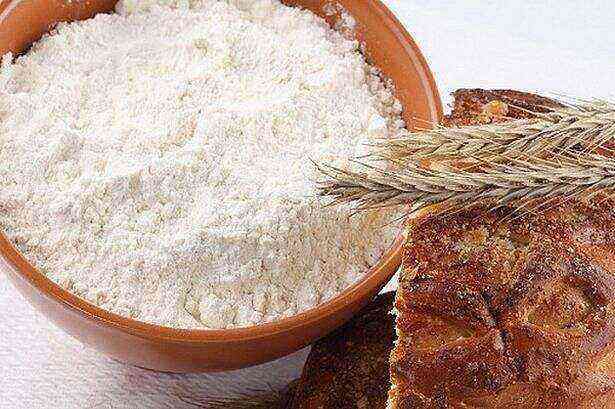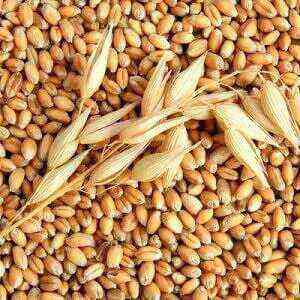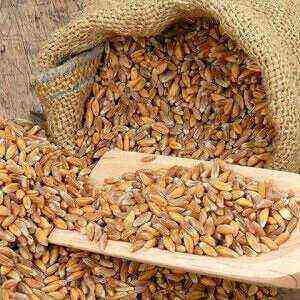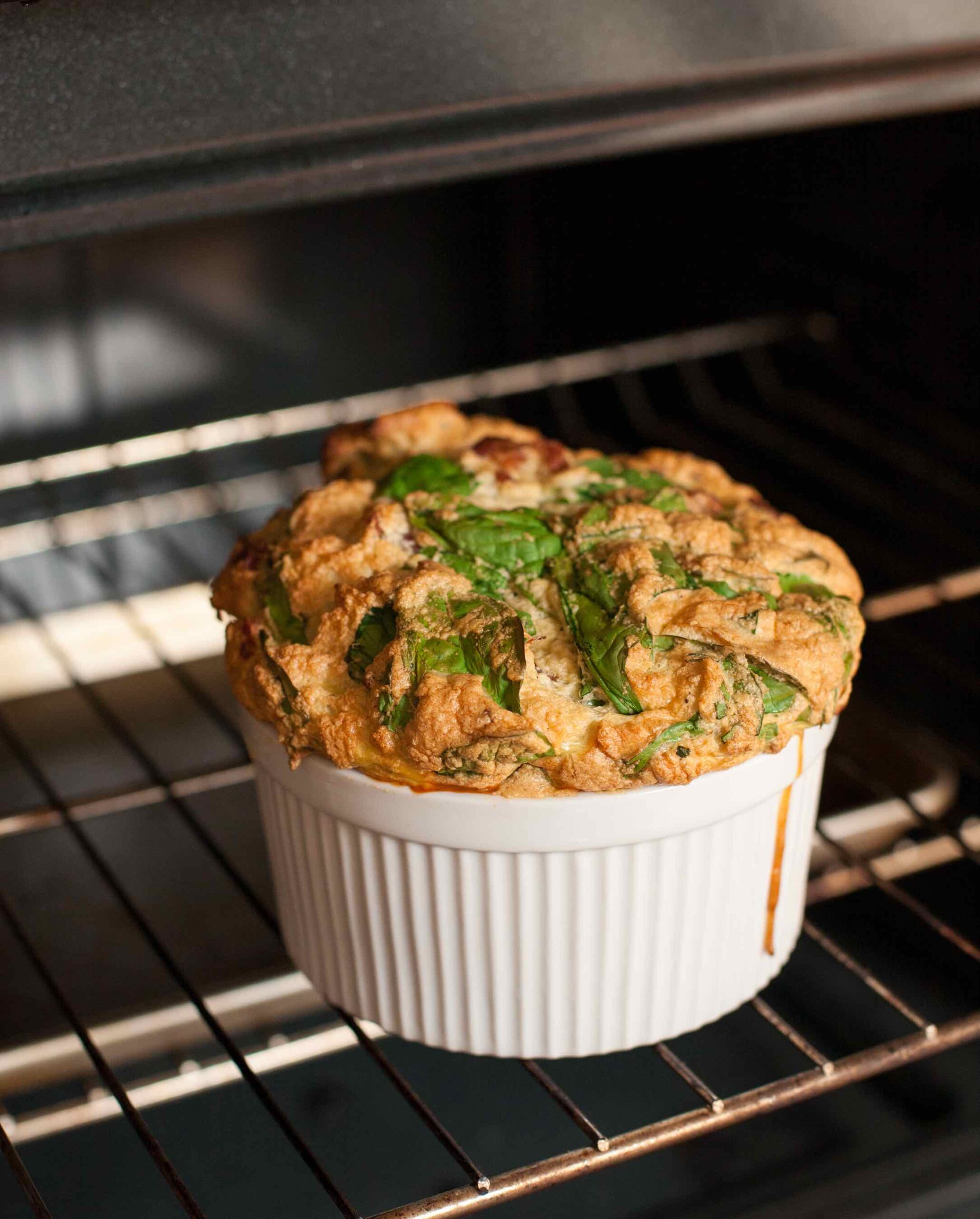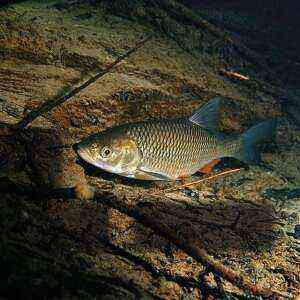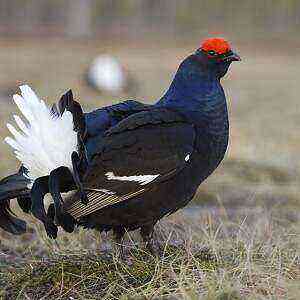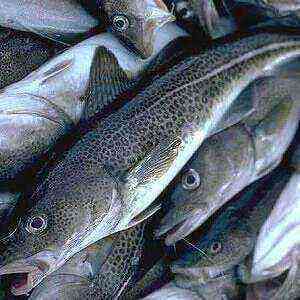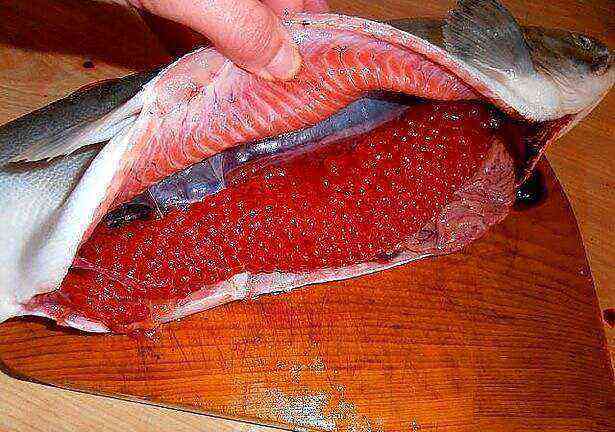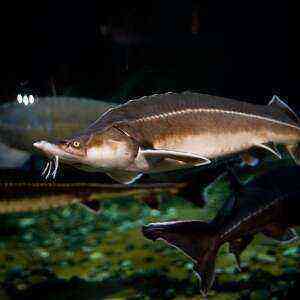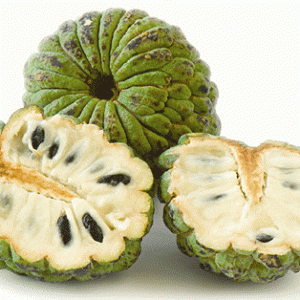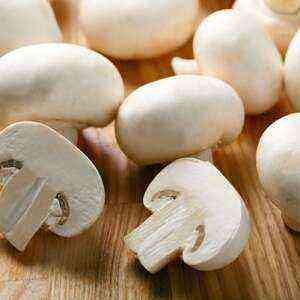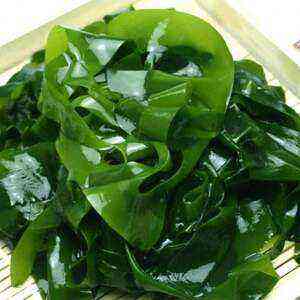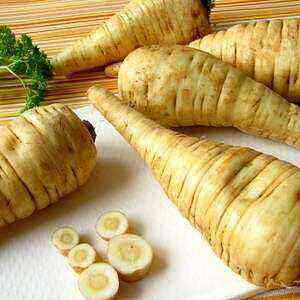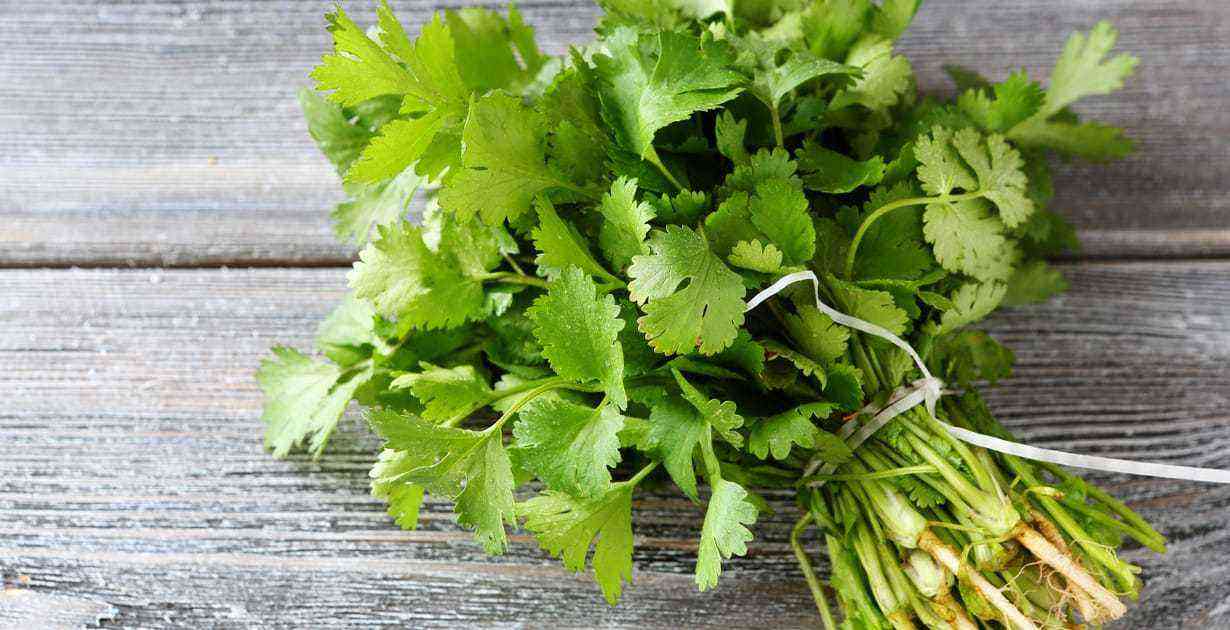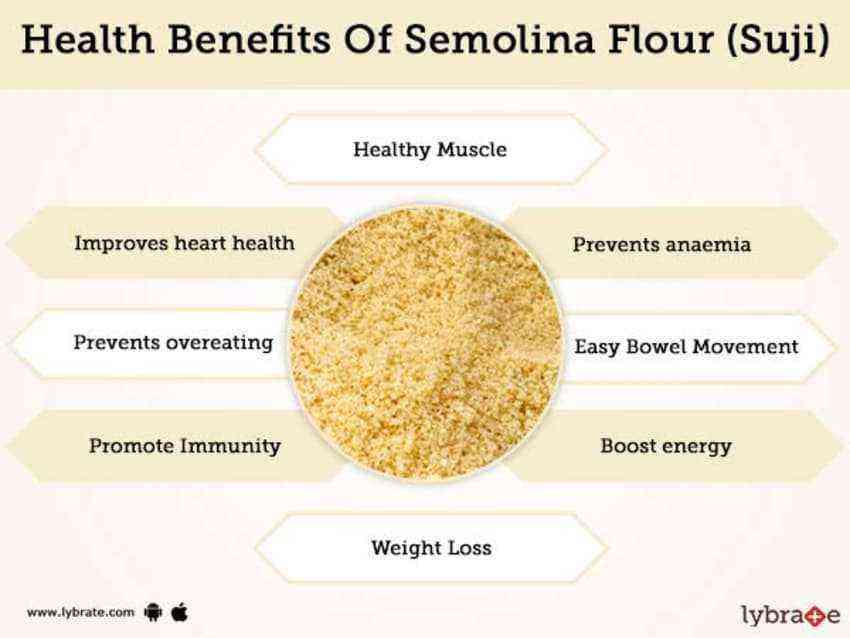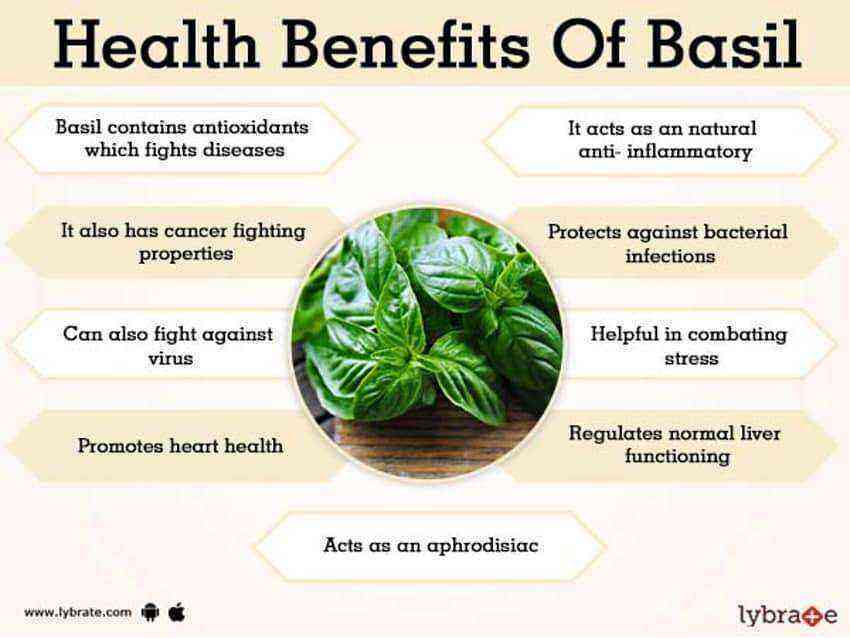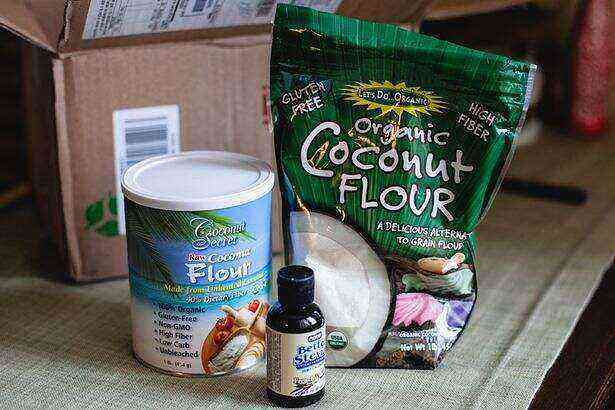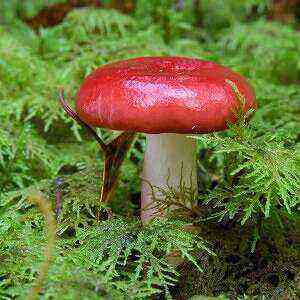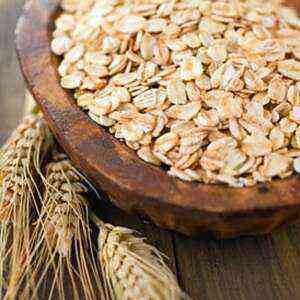
Rabbit meat is recommended for introduction into the diet for everyone: from small to large. Due to its easy digestibility, diet and low allergenicity, the rabbit is the perfect meat for the first feeding of infants.
The internal (interior) fat of the rabbit has tremendous wound-healing and antiallergic properties, therefore it is often used as a home outdoor remedy for various dermatological diseases.
Rabbits are bred for a long time. Rabbit breeding is a rapidly developing branch of animal husbandry. These animals grow quickly and breed well. With a rational organization of the cultivation of these animals for a gain of one kg of weight, one animal needs up to 5 kg of feed.
Chemical composition
The chemical composition of rabbit meat can be characterized as follows: a lot of protein (20-22%), low fat (10-11%), a moderate content of purine bases and cholesterol. Rabbit meat is tender because it contains few connective tissue fibers. Thanks to this, it is quickly prepared and easily chewed.
Proteins of rabbit meat contain nineteen amino acids, including all essential (essential for humans).
Essential Amino Acids
Name
Content in 100 g, grams
Аргинин
1,5
Валин
1,1
Гистидин
0,6
Изолейцин
0,9
Лейцин
1,8
Лизин
2,2
Метионин
0,5
Треонин
0,9
Триптофан
0,4
Фенилаланин
0,5
Of the essential amino acids, 100 g of this meat contains a lot of tryptophan (50% of daily requirement), valine, isoleucine (in 45%), leucine (40%), histidine and methionine (in 30%).
Rabbit meat fats are represented by both saturated and unsaturated fatty acids (FA), which is a rare occurrence for animal fat.
The ratio of saturated and unsaturated fatty acids in rabbit is almost perfect: it is 1: 2. This proportion keeps fatty acids in a liquid state, which has a good effect on lipid metabolism in the body. The composition of rabbit fat includes a lot of lecithin – a complex of phosphatides, which exhibits anti-cholesterol action.
There are practically no carbohydrates in this meat product, so they do not play a biological role.
Among the vitamins in rabbit meat, vitamin B12 (140% of daily requirement), nicotinic acid (up to 60%), pyridoxine and choline (in 25%) are of great importance.
Vitamins and vitamin-like compounds
Name
Content in 100 g, milligrams
Provitamin A (carotene) 0,1 Vitamin B1 (thiamine) 0,12 Vitamin B2 (riboflavin) 0,18 Vitamin B4 (choline) 116,0 Vitamin B6 (pyridoxine) 0,5 Vitamin B9 (folic acid) 0,008 Vitamin B12 ( cyanocobalamin) 0,0043 Vitamin PP (nicotinic acid) 12,0 Vitamin C (ascorbic acid) 0,8 Vitamin E (tocopherol) 0,5
The mineral composition of rabbit meat is also very rich: it contains many macro- and microelements in quantities significant for the human body. The most important minerals are cobalt (160% of the daily requirement), sulfur and phosphorus (23-24% each), zinc and chromium (up to 20%), potassium and copper (about 15%).
Mineral content
Name
Content in 100 g, milligrams
Калий
340,0
Сера
225,0
Фосфор
190,0
Хлор
80,0
Натрий
55,0-59,0
Кальций
20,0
Магний
25,0
Железо
3,3-3,5
Цинк
2,3
Кобальт
0,162
Фтор
0,075
Марганец
0,013
Медь
0,013
Хром
0,009
Молибден
0,005
Йод
0,005
Rabbit meat is a non-nutritious animal product: its calorie content is about 180 kcal per 100 g.
Useful Properties
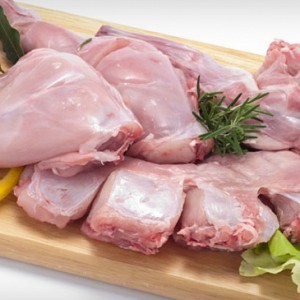
With regular presence in the diet rabbit affects the cardiovascular and hematopoietic systems:
- reduces the concentration of cholesterol in the blood;
- improves the elasticity of blood vessels;
- dilates peripheral blood vessels;
- increases the tone of the venous walls;
- helps to reduce blood pressure;
- reduces the permeability of the vascular walls;
- restores damaged intima of arteries and veins;
- normalizes blood viscosity;
- improves myocardial oxygenation;
- helps to increase hemoglobin levels.
Rabbit meat has a stimulating effect on the digestive organs:
- accelerates the recovery of cells of the mucous membranes of the digestive tract;
- promotes the secretion of pancreatic juice;
- reduces the viscosity of bile, which prevents stagnation in the bile ducts and bladder;
- increases bile secretion;
- normalizes intestinal motility.
Rabbit meat contains much less allergens than other types of meat, so it can be used by people with numerous food allergies.
Proteins, fatty acids, vitamins and minerals of rabbit meat are useful:
- children;
- pregnant women;
- breastfeeding women;
- elderly people and old people;
- convalescent;
- during severe and prolonged illness;
- with weakened immunity.
The low calorie content of rabbit meat allows it to be included in the diet of people with obesity and on diets.
Harmful properties

Rabbit meat in terms of the content of purine bases is the “anti-leader” among all types of meat: it contains the smallest amount of them – 38-40 mg of purines per 100 g. For comparison, in 100 g of veal there are 48 mg of them, and in 100 g of pork – up to 70 mg … Therefore, rabbit meat is the type of meat that is allowed in small quantities for patients with gout, but not more often than three to four times a month.
Due to the purine content, the amount of rabbit meat consumed should be followed by children with hyper-excitability of the nervous system and having a neuro-arthritic type of constitution (diathesis).
Consumption of rabbit patients with psoriatic dermatitis should be limited to two to three doses per week. In this case, it is necessary to cook without fat, that is, boiling or steaming.
Application in medicine
Given the beneficial properties that rabbit exhibits on the human body, it is recommended to include it in the diet for various diseases:
- the circulatory system (atherosclerosis, post-infarction and post-stroke conditions, arterial hypertension, coronary heart disease);
- digestive organs (gastritis, peptic ulcer, biliary dyskinesia, hepatitis, fatty liver, pancreatitis, colitis);
- metabolism (obesity, diabetes, protein deficiency);
- blood systems (anemia, weakened immunity, pancytopenia);
- allergies.
It is useful to use this meat product to patients suffering from dermatological diseases. Substances contained in rabbit, accelerate the healing of wounds on the skin, improve its condition.
In order for rabbit meat to be beneficial and not to show harmful properties in various human diseases, it is necessary to prepare it in sparing ways: boiling, steaming, stewing. Frying and baking rabbit meat increases its caloric content, increases the content of purine bases, destroys amino acids and vitamins, oxidizes beneficial fatty acids.
Outdoor use

It is also used to enhance hair growth, mixed with butter and honey in equal proportions and adding a clove of garlic. Freshly prepared product must be rubbed into the scalp. Wash off with warm water 60 minutes after application. After several procedures, the hair becomes stronger and grow faster.
How to choose and store
When choosing a rabbit carcass on the market, you should follow simple recommendations:
- it is necessary to refuse to buy this product in natural markets, where there is no sanitary and veterinary laboratory and conditions for the sale of chilled meat;
- check for veterinary stigma;
- carcass weight should not be less than 1100 g;
- carcass must be completely drained of blood;
- the surface of the meat should be moderately wet and elastic;
- there should be no foreign smell from the meat, except for the light smell of fresh meat.
It is impossible to use fresh meat for cooking: it must mature. To be sure of the maturity of the meat, after purchase, it must rest for at least 8 hours in the refrigerator.
The shelf life of rabbit meat depends on the storage conditions and is:
- in the zone of freshness of the refrigerator at temperatures from 0 to + 2 ° C – up to five days;
- in the refrigerator at temperatures from + 2 ° С to + 6 ° С – up to two days;
- in the freezer at a temperature of-18 ° C – 6 months;
- in the freezer in a vacuum package at a temperature of -18 ° C – 10 months.
Cooking application
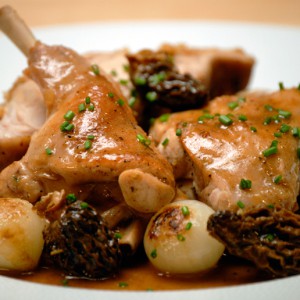
Before heat treatment, rabbit meat is often marinated in sour cream, whey, vinegar, white wine. Marinade prevents overdrying of meat during frying or baking. It goes well with seasonings:
Due to the fact that it has some fat of its own, rabbit meat can be prepared as a diet and high-calorie dish.
Diet Bunny
To prepare it, you need to take: half of the rabbit carcass (preferably the front), celery root, one carrot, two onions, salt and bay leaf. Small pieces of meat need to be poured with water, boiled over high heat and boiled until a large amount of foam appears. After that, drain all the liquid, wash the pan. The washed meat is again put in the pan, pour boiling water, salt and bring to a boil over low heat. Pour peeled and stripped vegetables into the boiling broth. Simmer on low heat for at least an hour. Before switching off, add a bay leaf. Serve with blanched broccoli or asparagus.
Non-dietary rabbit in sour cream sauce
For this dish you will need: 0,5 kg of rabbit, a glass of sour cream and water, onion, 2 tbsp of butter, salt to taste, seasonings (turmeric, paprika, Italian herbs, white pepper). In a hot and greased frying pan, brown the pieces of the rabbit. Peel and chopped onion rings or half rings in butter in a separate frying pan until transparent. Mix sour cream with water, salt and spices to taste. Put the fried rabbit and onions in the stewpan, pour over the cooked sour cream filling. Simmer the dish over low heat for 1,5-2 hours (depending on the age of the rabbit).
conclusions
Rabbit meat is an ideal diet meat. It is useful for children, old people, healthy people and the sick. The high biological value and low calorie content of rabbit meat is due to the presence of essential amino acids and beneficial fatty acids in it in the absence of carbohydrates.
Rabbit meat has many beneficial properties on the body, so it is successfully used in dietary and medical nutrition in cardiovascular diseases, pathologies of the digestive system, blood, and the immune system. This meat product is useful for diabetes. Exterior application of interior rabbit fat is useful for dermatological problems.
Limiting the amount of rabbit consumed in food is necessary for people suffering from gout and other disorders of purine metabolism.
